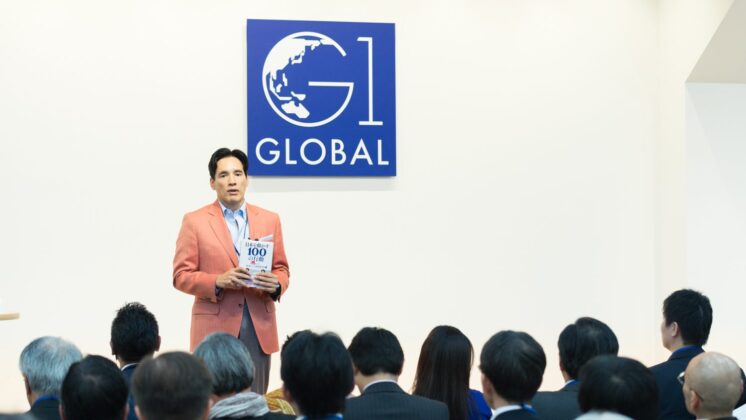Do you know the age of Namihei Isono, the father of Sazae-san (of the famous manga & TV series)? He was a full-time employee during Japan’s period of high economic growth and his wife was a full-time housewife. The population pyramid of the large Isono family was triangular in shape, as was the population pyramid of Japan. It may come as a surprise, but Namihei was 54 years old! He was in his 50s and already an old man who would soon reach the mandatory retirement age and go on the pension. Since that time, society has changed significantly. To respond to these changes in society, the pension system should also be reformed.
1. Raise the Pension Age!
Namihei, who is 54 years old in the TV adaptation of Sazae-san, could probably be compared to a man aged about 70 today. If so, the appropriate age to become eligible for a pension would be 70 in today’s setting. Actually, while the average life expectancies of men and women in 1965 were 67.74 and 72.92 years old, respectively, in 2014 they were 80.50 and 86.83, respectively. That is, there has been an increase of 12 to 14 years.
The sustainability of their pension systems is an issue common to developed countries. Global discussions on pension policies have determined that approaches essential to ensure the sustainability include raising the minimum age of pension eligibility, decreasing the average monthly pension, and increasing insurance premiums. Any plan to reform pension financing that does not include these approaches is but an illusion.
In line with this perspective, the minimum age of eligibility for a public pension has been raised to 65 years old and that for an employee pension is being raised, step-by-step, to 65 years old also. These eligibility ages should be raised to 70 years old. If the minimum eligibility age for a basic pension is raised by one year, it is estimated that about 500 billion yen’s worth of public expenditure can be cut annually, exerting a significant impact on pension financing. More serious efforts should be made to promote the employment of older people and raise the age of eligibility for the basic pension.
2. Create a Revenue Service Agency to Enhance the Government’s Ability to Collect Insurance Premiums, Thereby Eliminating Non-Payment!
In 2011, the number of non-payers of insurance premiums and those without a pension plan was 3.3 million people. I would propose the effective use of the My Number system launched in 2016 to address the issue of premium collection. With regard to the collection of taxes and pension premiums, the National Tax Agency is responsible for collecting national taxes, municipal governments for collecting local taxes, and the Japan Pension Service for collecting pension premiums. On the occasion of the adoption of the “My Number” system, a revenue service agency should be created to centralize all these collection tasks. This will enable the National Tax Agency to share its expert knowledge on tax collection, which will help resolve the issue of non-payment of premiums. It will also help significantly reduce administrative costs.
3. Extend the Payment Period for Premiums and Make Homemakers Eligible!
In response to the advancement of a graying society and the extension of average life expectancies, the fundamental structure of the pension system, wherein those who pay premiums for 40 years starting from age 20 can later receive a pension, needs to change. In many developed countries, a reform to extend the period of premium payment to maintain pension funds is being undertaken. In Japan, it is necessary to improve the employment environment for older people and extend the premium payment period for 10 more years until they reach 70. It is also necessary to expand the eligibility. The Class 3 Insured System, under which the pension premium for the spouse of a salaried employee is not paid by the spouse but by the employee’s company, should be abolished in order to reflect the lifestyle of women today and in the interests of fairness.
4. Remove Restrictions in Principle on the “Second Floor” of the Pension System, while Leaving the Basic Pension Unchanged!
The way we work has changed and the basic categorization of national pensions for the self-employed and employee pensions for salaried workers has become obsolete. The pension system should be centralized, and restrictions on the “second floor part” should be removed, in principle, while keeping the basic pension on the “first floor part” unchanged, so that anybody, regardless of whether self-employed, regular or non-regular employee, public office worker, or full-time homemaker, can choose either a public or private pension plan at their own discretion. In short, pension schemes should be privatized. By requiring all people to pay pension premiums regardless of their working patterns, we can make the system fair and simple.
Under the current system, half the basic pension is covered by taxes. In light of this, consideration should be given to reducing the amount of pension paid to certain high-income earners.



